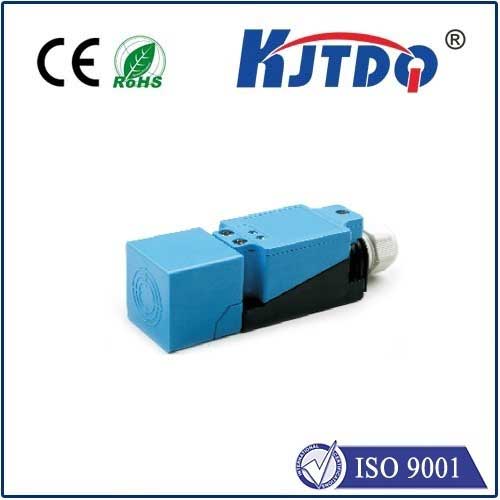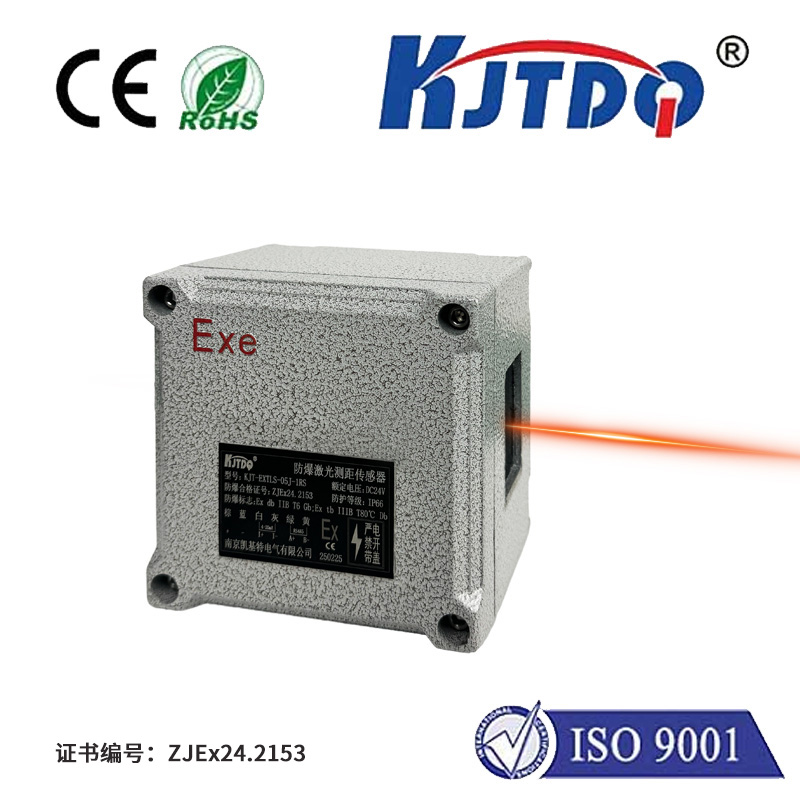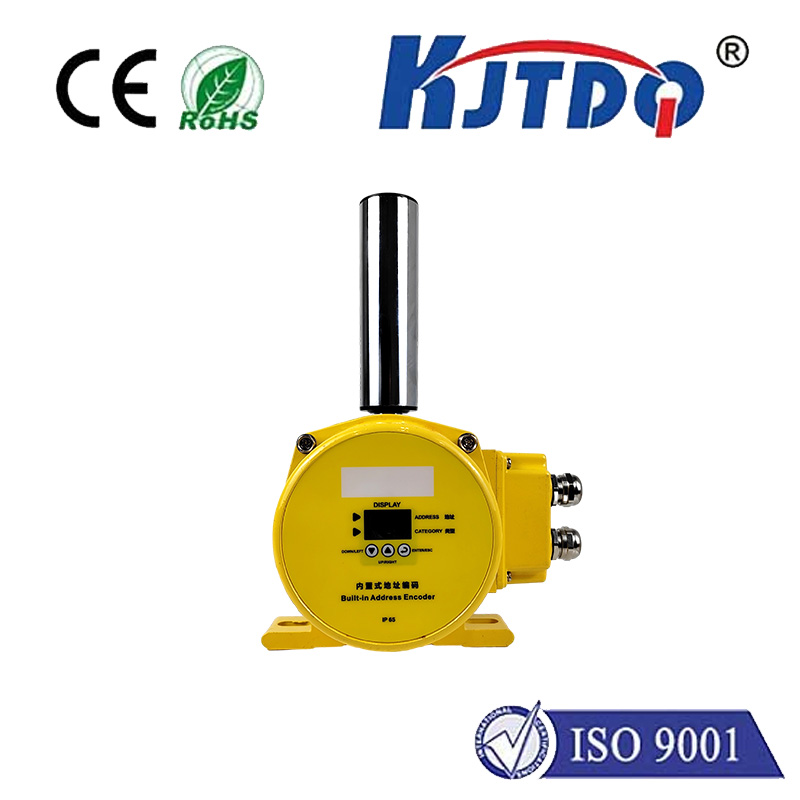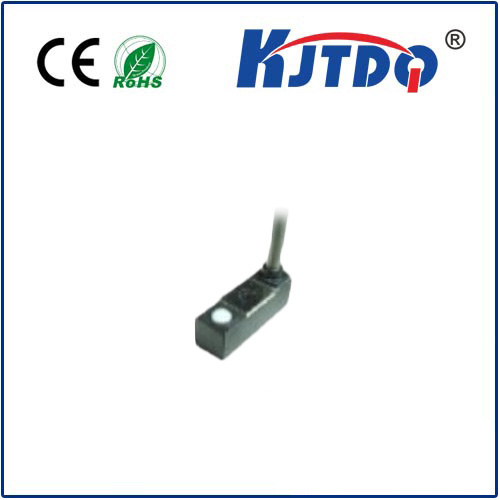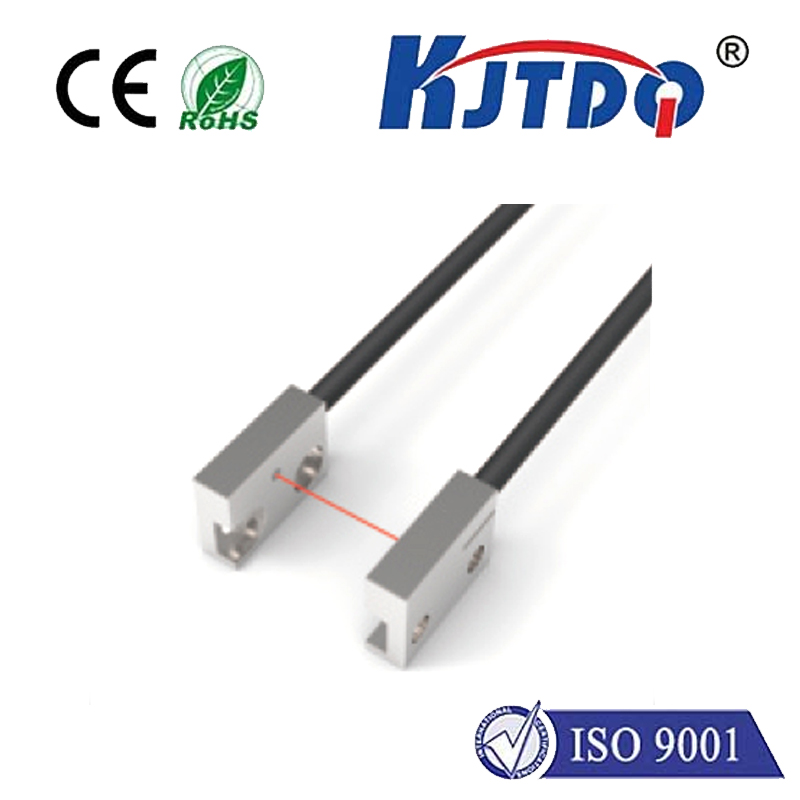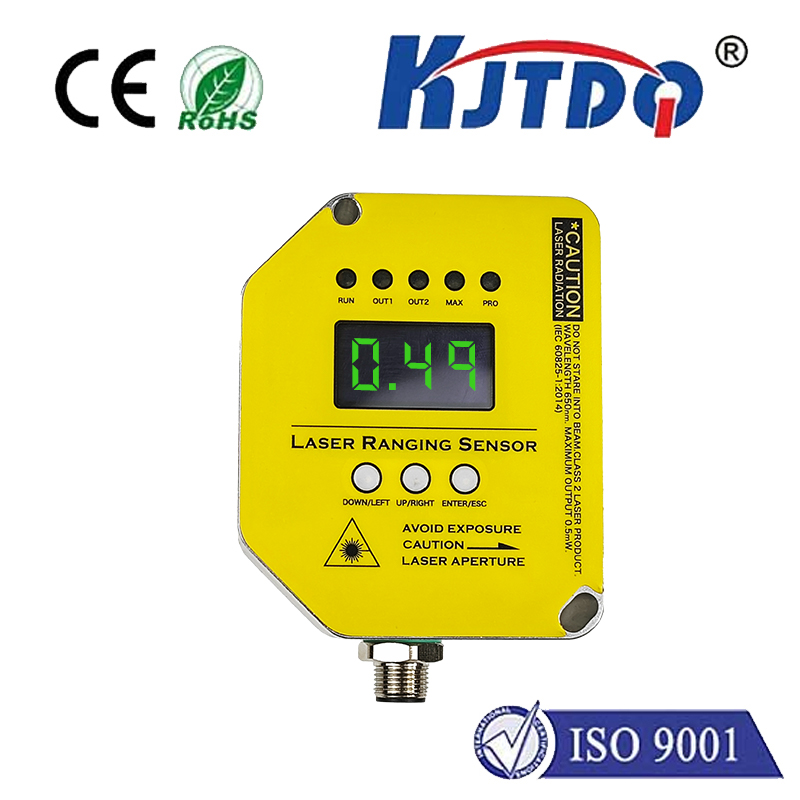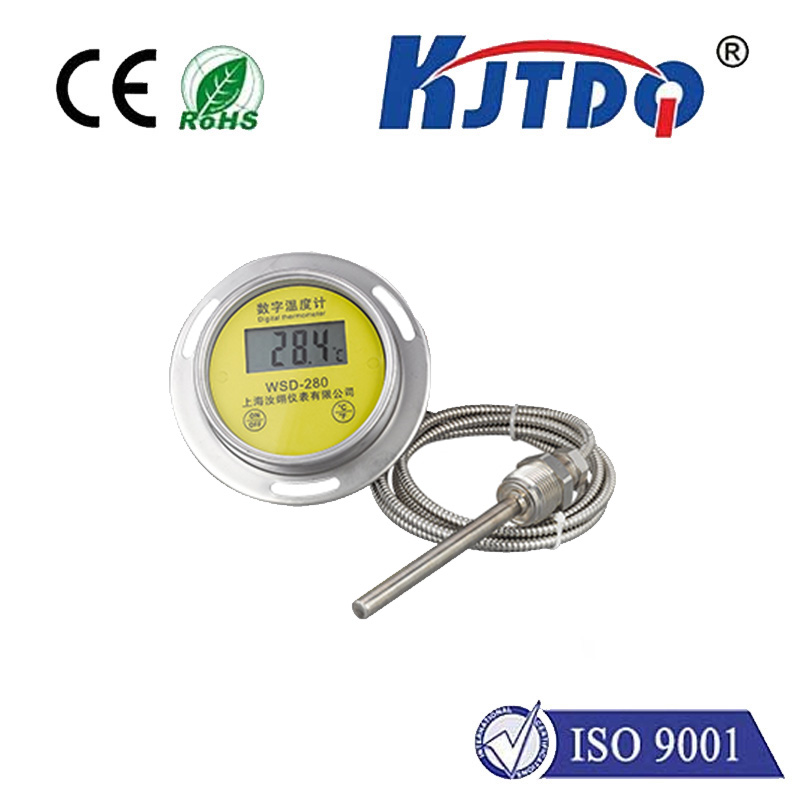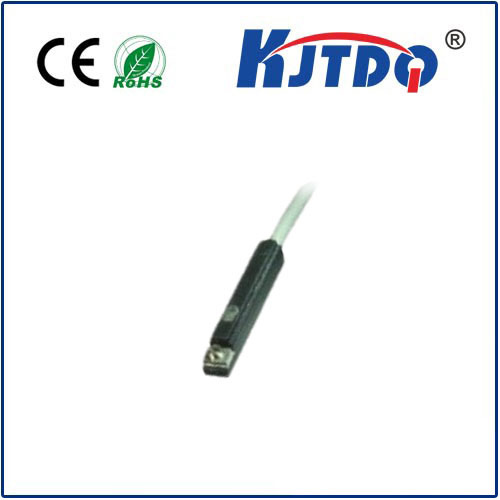optical power sensor
- time:2025-08-14 17:42:38
- Нажмите:0
Optical Power Sensors: Precision Measurement for Photonics-Driven Industries
Light is no longer just illumination; it’s the backbone of modern technology. From the lasers carving intricate circuits onto silicon chips to the beams carrying our internet traffic through fiber optic cables, precise measurement of optical power is paramount. This is where the optical power sensor, an indispensable tool in the photonics toolkit, steps into the spotlight. Far more than a simple light meter, it’s the critical instrument ensuring accuracy, consistency, and safety across countless applications where light is engineered and utilized.
Decoding the Core Function: Measuring Light’s “Strength”
At its essence, an optical power sensor measures the intensity of light, specifically quantifying the flow of optical energy per unit time. We express this as watts (W), milliwatts (mW), microwatts (µW), or even nanowatts (nW), depending on the sensitivity required. Think of it as analogous to measuring electrical current – but for photons instead of electrons. The core component is typically a photodetector, most commonly a photodiode, designed to absorb photons and generate a measurable electrical signal proportional to the incident light power.
How They Work: From Photons to Precise Readings

The journey of measurement begins with light striking the detector surface within the sensor head. Here’s a simplified breakdown:
- Photon Absorption: The detector material (like silicon, germanium, or InGaAs, chosen based on the wavelength range) absorbs incoming photons.
- Charge Carrier Generation: This absorption creates electron-hole pairs within the semiconductor material.
- Current Generation: Applying a bias voltage (or relying on the photodiode’s inherent junction properties in photovoltaic mode) causes these charge carriers to flow, generating a small photocurrent.
- Signal Conditioning: This tiny photocurrent is fed into sophisticated electronics integrated within the sensor or an external optical power meter (OPM). This circuitry amplifies the signal, filters out noise, and applies calibration factors.
- Power Display/Output: The conditioned signal is converted into a digital or analog reading, accurately displaying the optical power on the meter or providing it to a connected system.
Critical to this process is calibration traceability, often to national standards like NIST. A high-quality optical power sensor isn’t just sensitive; its readings are trustworthy and consistent over time and across instruments.
Why Accuracy Matters: Ubiquitous Applications
The precision demanded by optical power measurement is not academic; it drives critical functions in numerous sectors:
- Telecommunications: Fiber optic networks are the global nervous system. Installing, maintaining, and troubleshooting these networks requires precise measurement of signal levels during optical loss testing (OLT) to ensure error-free data transmission over vast distances. Sensors here combat signal degradation.
- Laser Systems: Lasers power everything from industrial cutting and welding to medical procedures and scientific research. Laser power sensors are vital for:
- Characterization: Verifying a laser’s output meets specifications.
- Process Control: Maintaining consistent power for repeatable results in manufacturing (e.g., micromachining, laser marking).
- Safety Compliance: Ensuring output stays within safe limits for operators and equipment.
- Research & Development: In photonics labs, developing new light sources, optical components, or materials requires rigorous power measurement. Optimizing laser diodes, characterizing optical amplifiers, and testing photonic integrated circuits all depend on reliable sensor data.
- Life Sciences: Techniques like flow cytometry, fluorescence microscopy, and photodynamic therapy require controlled, precisely measured light doses for accurate diagnostics and effective treatments. Sensor accuracy directly impacts experimental validity and patient safety.
- Consumer Electronics: Calibrating the light sources in smartphone displays, projectors, and LiDAR systems necessitates accurate power measurement during production and testing.
Choosing the Right Sensor: Key Considerations
Not all optical power sensors are created equal. Selecting the optimal one hinges on understanding your specific needs:
- Wavelength Range: This is paramount. Sensors are optimized for specific spectral bands (e.g., visible, near-infrared, telecom bands). Ensure compatibility with the light source you need to measure. Using a sensor outside its calibrated range yields inaccurate results.
- Power Range: What power levels do you expect – kilowatts for industrial lasers, nanowatts for sensitive detectors? Sensors have dynamic range limits and saturation points. Choose one whose maximum range safely exceeds your expected peak power.
- Detector Type & Responsivity: Different detector materials (Silicon, Ge, InGaAs, Pyroelectric, Thermopile) have distinct responsivity curves (efficiency vs. wavelength) and characteristics. Thermopile sensors handle very high powers but may have slower response times; photodiodes offer high sensitivity for lower powers. Pyroelectric sensors excel with pulsed lasers.
- Damage Threshold (Power & Energy Density): Can the sensor’s detector surface withstand your laser beam’s intensity without being damaged? High peak power pulses or tightly focused beams require sensors designed for high power density or energy density.
- Beam Size & Sensor Aperture: The sensor’s active area must be large enough to capture the entire beam profile. Measuring only a portion leads to significant underestimation.
- Required Accuracy & Linearity: How critical is absolute precision versus relative measurement? Understand the sensor’s stated accuracy and its linearity across its range.
- Form Factor & Connectivity: Sensor heads come in various sizes. Do you need a compact head for confined spaces? Benchtop probe? Connectorized (e.g., FC/UPC) for fiber? Does it connect directly to your meter or instrument via USB, analog out, or other interfaces?
The Indispensable Tool in an Optical World
In a world increasingly driven by light-based technology, the optical power sensor remains a fundamental, often unsung, hero. Its ability to translate the invisible flow of photons into quantifiable, reliable data underpins innovation, ensures quality, guarantees safety, and maintains the seamless operation of the infrastructure we rely on daily. From the depths of ocean-spanning fiber cables to the delicate manipulation of cells under a microscope, precise optical power measurement, enabled by advanced sensors, is the bedrock of progress in photonics. Understanding its principles and selection criteria empowers engineers, scientists, and technicians to harness the power of light with confidence and accuracy.

